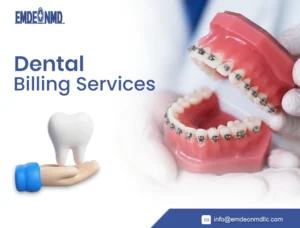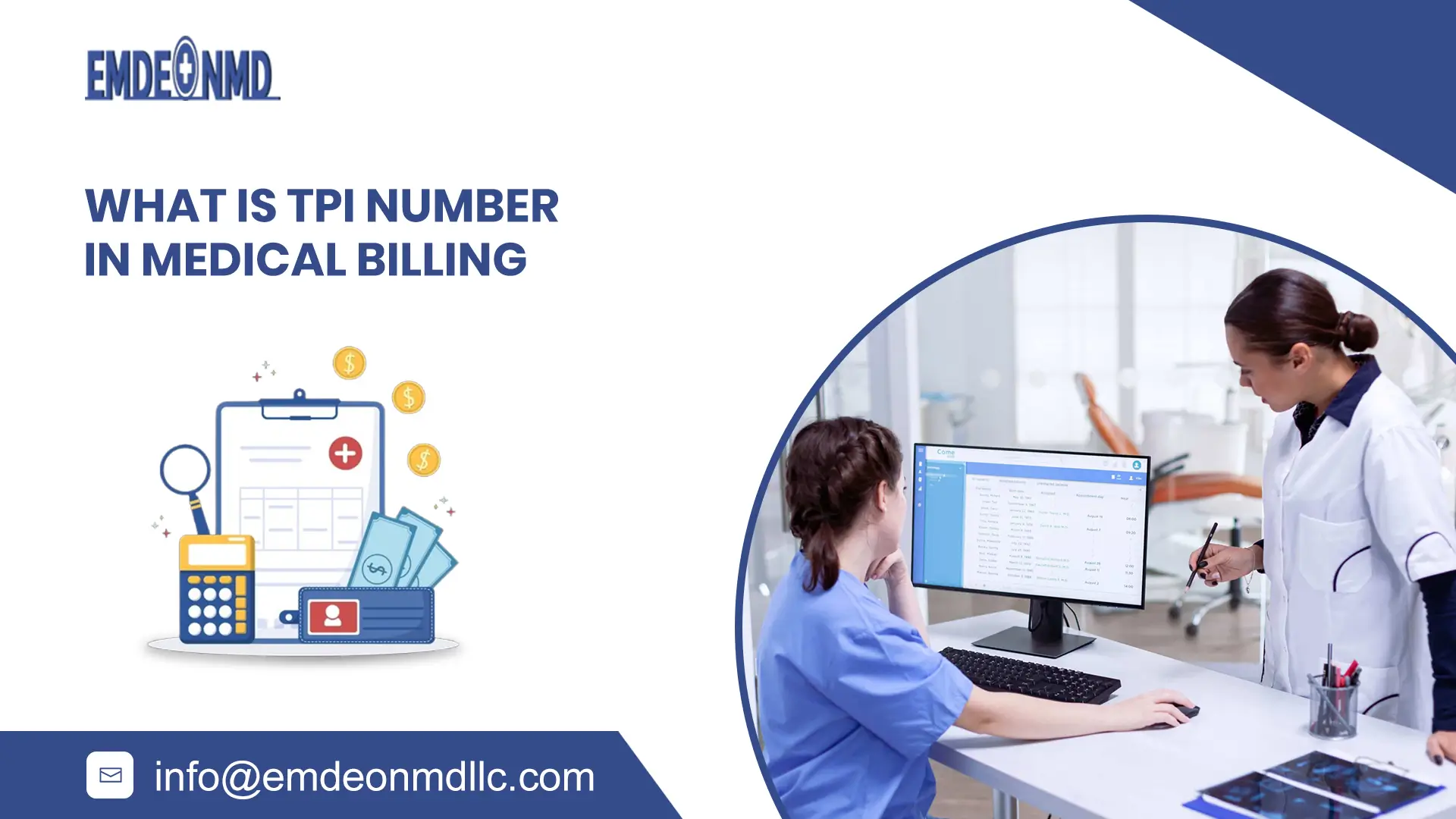Table of Contents
Medical billing is highly dependent on health services being offered under budget and
fulfilling client financial demands, but certain challenges are being highlighted that compromise financial stability and overall healthcare system efficiency to offer healthcare services.in this case, the pc ratio could help manage and optimize the net collection rate acting as a crucial component in RCM and billing.
This blog post could be helpful to know about pc ratio along with its implications in medical billing and the health care system.
Have you ever noticed what the pc ratio in medical billing is? It is a term that stands for payment-to-charge ratio, denoted as payment collected against claimed charges. The literal meaning of pc in medical terms is the ratio of payment to charges in which the payment of services being offered to patients is analyzed while comparing with charges of services being submitted by the biller to the insurance company.
What is the PC ratio in the medical billing formula?
The pc ratio is a metric for measuring the efficiency of coding and billing services analyzing billing efficiency to ensure accurate and valid reimbursements of payments by the insurance company. It can be calculated by a mathematical formula in which two important factors affecting RCM are highly considered during billing including two types of rates gross collection rate and net collection rate.
Net collection ratio
The net collection ratio in medical billing is a type of rate that covers payments being adjusted after write-offs by the insurance company collection ratio formula in medical billing is a mathematical equation to know about the net collection rate in a billing industry.
The mathematical equation is:
Net collection rate = Payments ÷ (Charges – Contractual Adjustments) × 100%
Gross collection ratio
While the gross collection ratio is the total payment being collected against charges without writer-off adjustments.it is calculated by a formula:
Gross collection rate = (Total Payments ÷ Total Charges) × 100%
How gross & net collection rate differs from each other
Gross collection rate is the general rate giving a rough idea about payment collection, providing information about qualitative data of payment collected concerning the services charges. While the net collection ratio gives quantitative information about payment collected against service charges on the insurance claim of the billing service. Both help in the identification and analysis of the efficiency and accuracy of billing services.
Significance of PC ratio in medical billing
Having a grip on net and gross collection ratios can help know and identify of pc ratio, healing in timely and accurate reimbursement of payments, giving an idea about total revive generated by the health care provider, helping them to identify errors and inaccurate reimbursement patterns to lower risk of delayed and rejected insurance claims by the insurance company. In pc ratio both net collection ratio and gross collection ratio are helpful in the proper analysis of payment revenue complete understanding provides general and specific information regarding payment details with or without write-offs, helping the providers and billers to ensure billing process transparency.
Status of PC ratio
PC ratio is considered to have two statuses either high pc ratio or low pc ratio acting as an indicator of payment efficiency, depicting normal or defaulted payment to charge ratio helping to identify the errors and impacting the efficiency of the system. A strong or high pc ratio depicts higher financial stability. According to the American Academy of Family Physicians, about 95 to 99% pc ratio is considered standard and according to standards. While a low pc ratio depicts impaired billing services, payer contract issues, or others.
Low PC ratio in medical billing
A lower pc ratio than 95 % can be an alerting and considering situation to overlook the factors contributing toward low pc ratio and actions to overcome these consequences, for which must know causes of low pc ratio in case of medical billing that includes:
- HHigh-reclaim denials
- Underpayments of services by the insurers
- The high volume of the unpaid balance of patient
- Accurate insurance verification
- Poor follow-up on impaired claims
- High write-off
- High adjustments ratio
- Billing errors
- Billing insufficiencies
- Regulatory issues
- Compliance issues
High claim denial may occur due to incorrect coding of CPT, ICD-10 codes, missing or incomplete documentation, and some others Regulatory and compliance issues along with billing insufficiencies are highly common causes of low pc ratios, so by targeting and focusing on these common causes might help in balancing pc ratio impacting medical billing in long run.
Solution of low PC ratio
Low pc ratio needs to be targeted to overcome the concerning issue of low pc ratio, which can be managed by focusing on the billing process with great details such as
- Medical coding error management
- CPT and ICD coding management
- Insurance verification
- Regulatory compliance assurance
- Prompt follow-up on denials
- Optimize documentation
- Better negotiation of contracts
- Enhance and improve patient collection
- Automated check and balance of payments
- Optimizing billing insufficiency
The long-term significance of optimizing pc ratio in medical billing
Pc ratio optimization leads to short and quick effects that primarily overcome the insufficiency of low PC ratio, while it has various long-term effects affecting financial stability.,cash flow helping gin business growth in case of health care system by increasing profit, enhancing audit readiness and regulatory compliance that leads to a sustainable revolve cycle management impacting overall billing and coding industry.
Key considerations
Some key considerations that could help manage pc ratio efficiently are named as:
- Regular performance monitoring
- Payment collection strategies adoption
- Payer contract optimization
- Automation of RCM
- Advancements in technology
- Regulatory adherence
- Efficient denial and billing management
These are some important components in medical billing that require proper considerations for accurate billing.
Conclusion
PC ratio is a highly promising component of accurate and validated billing services impacting medical billing in the short and long run, acting as an indicator and tool to identify the accuracy of payment by the insurance company which acts as a crucial centerfire point of billing and RCM.
Emdeon MD: Your go-to partner
Emdeon MD would highly appreciate your presence on the website for the billing solution you might be looking for! Our services are highly advanced and professional, offered under a professional umbrella. for details may contact us through our contact no +1 307 459 0875, or email us at info@emdeonmdllc.com
FAQs
1. What is a good PC Ratio in medical billing?
A PC Ratio of 95–99% is considered standard, ensuring optimal revenue collection and financial stability.
2. How does the PC Ratio impact revenue cycle management?
It helps track billing efficiency, detect underpayments, and optimize reimbursement rates.
3. What are the primary reasons for a low PC Ratio?
Common causes include claim denials, underpayments, billing errors, and regulatory compliance issues.
4. How can healthcare providers improve their PC Ratio?
By improving coding accuracy, insurance verification, denial management, and contract negotiations with payers.












